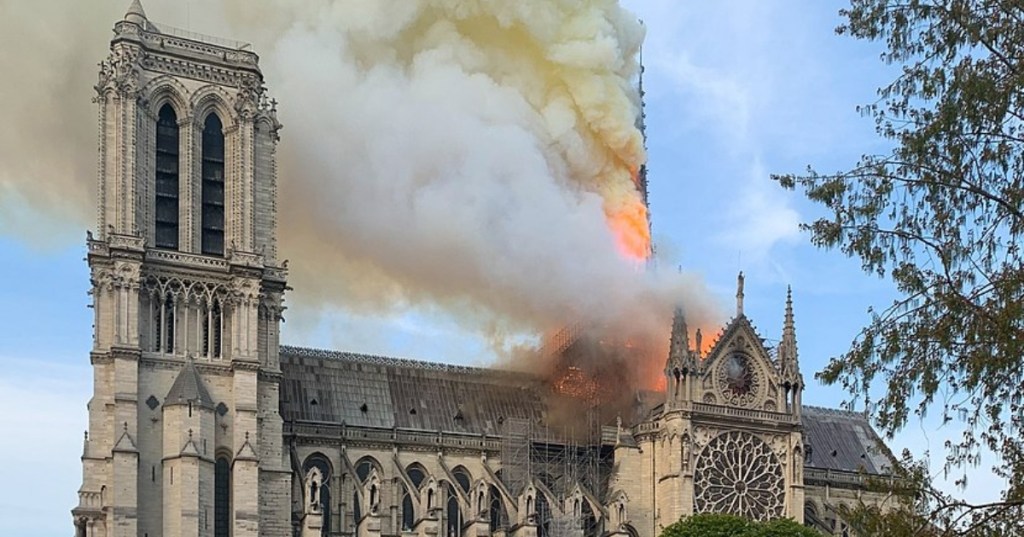After the famous Notre Dame cathedral was destroyed in 2019, many historical articles have been discovered in the ashes. Recently, archeologists wearing protective clothing opened unusual lead sarcophagi that held the mysterious remains of two very different men.
Photo Credit: By Wandrille de Préville – Own work
The first body was easily identified as Antoine de la Porte, a canon and important member of the church who passed away in 1710. In his time, Porte was prosperous and powerful, and several of the paintings he commissioned are now displayed in Louvre.
During his time, lead coffins were used to help preserve the bodies of the wealthy, however, the remains of Porte were badly decomposed. His bones did show that he likely led a sedentary lifestyle and suffered gout, a condition commonly caused by consuming excessive food and drink.
Photo Credit: Pexels
The body in the second sarcophagus remains a mystery. Nicknamed “Le Cavalier” (an armed horseman), the remains likely belonged to an unidentified 25-to 40-year-old male who likely rode horses. His tomb beneath the cathedral suggests that the man in the second tomb was important, but it’s not clear when he lived and died.
However, Le Cavalier’s remains offer some clues. Due to a deformed skull, he likely wore a headdress as an infant and the lack of teeth suggests that he died of a chronic disease, perhaps meningitis resulting from tuberculosis.
The body was also embalmed, a custom traditionally used only for nobility after the mid-16th century. Scientists plan further investigation into the residents of both sarcophagi and will publish their findings soon.
